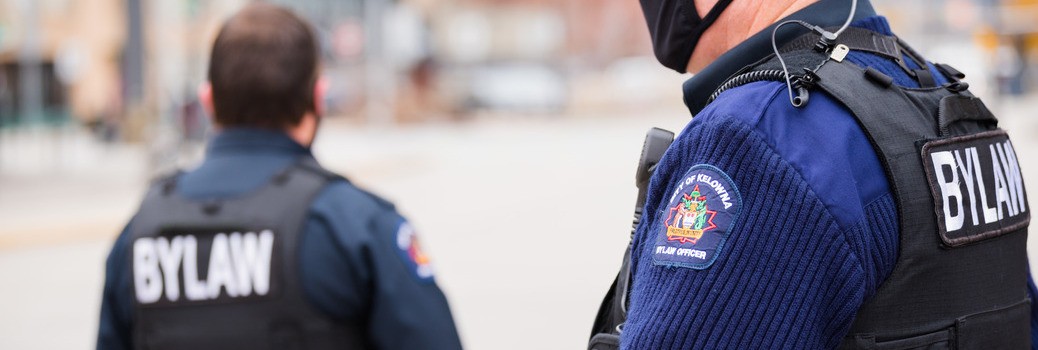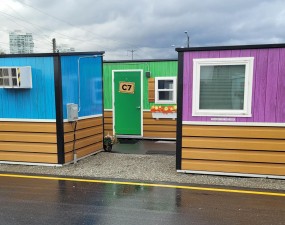Measuring community safety: more than just crime stats
Topics
By Darren Caul | Jun 2, 2020
As someone who has worked in criminal justice and community safety for 25 years, I know that Kelowna is a safe and vibrant city. It’s one of the key reasons I jumped at the opportunity to take this job and move my family here after two decades in Alberta.
Community safety is essential to our city’s success. It helps attract businesses, tourists and professionals who want to come here to invest, live, work and play. We are fortunate in Kelowna, as our City Council recognizes not only the importance of ensuring that our city remains a safe place but also the importance of ensuring that people feel safe here. This second piece - how perceptions of safety are essential to the social, emotional and economic comfort of a city- can be harder to grasp. But our leaders get it. It’s front and centre in Council’s priorities for 2019 – 2022.
The challenge is how to measure and report on these things. Traditionally, community safety has been measured primarily using crime statistics. While these are important metrics, there is a growing appreciation of just how imperfect they are. Crime statistics only reflect crimes that are detected and most importantly, crimes which are reported to police. We know from criminology research that there is a wide disparity in the reporting of crimes, depending on the type of offence, a victim’s perception of the criminal justice system, among other factors. People are more likely to go to the police if they feel that something good will come of it. This means that rising crime statistics can sometimes be a reflection of growing confidence in the criminal justice system; a conundrum for meaningful measurement and accurate reporting.
Furthermore, community safety is about much more than just the presence or absence of crime. It’s also about the cohesion that residents feel with their neighbours and the extent to which people participate in society. It’s foundational to one’s quality of life. To be truly successful at reducing the risk of victimization, we must also account for the socio-economic roots of crime and look at things like employment rates, school completion rates, poverty and other known contributors to community safety. This is why the City works on these big picture issues with partners like the RCMP and the increasingly critical “upstream” systems like Health. The City also takes more focused action in areas where it has more control, such as improving our collection and analysis of data, public education, and increasing our use of evidence-based crime prevention programs like the newly formed KOaST Situation Table
So while we continue to employ commonly used metrics and report on the results, we are also working hard to develop more comprehensive and insightful metrics. We are not alone, however. The City of Kelowna recently joined the Canadian Municipal Network on Crime Prevention. Through this organization, we are evaluating the latest research on community safety and contributing to the conversation about what metrics work best for measuring progress and driving strategies for improvement.
At the same time, the City is building up its analytics capacity so that we can meaningfully use new metrics. This involves putting in place the software and expertise we need to analyze data from multiple sources and making sure we can get good data.
The development and reporting of meaningful metrics will be a key component of a Community Safety Plan that we will develop in the coming months. My team and I are excited to share more over the next year and in our annual progress reports on Council Priorities. We invite you to keep track of our progress at opendata.kelowna.ca/pages/community-safety.







